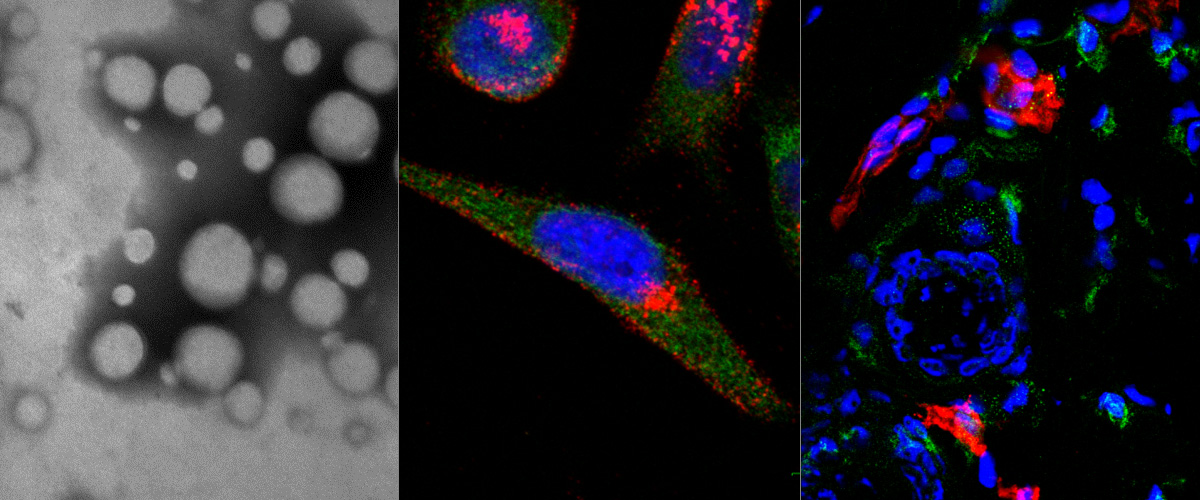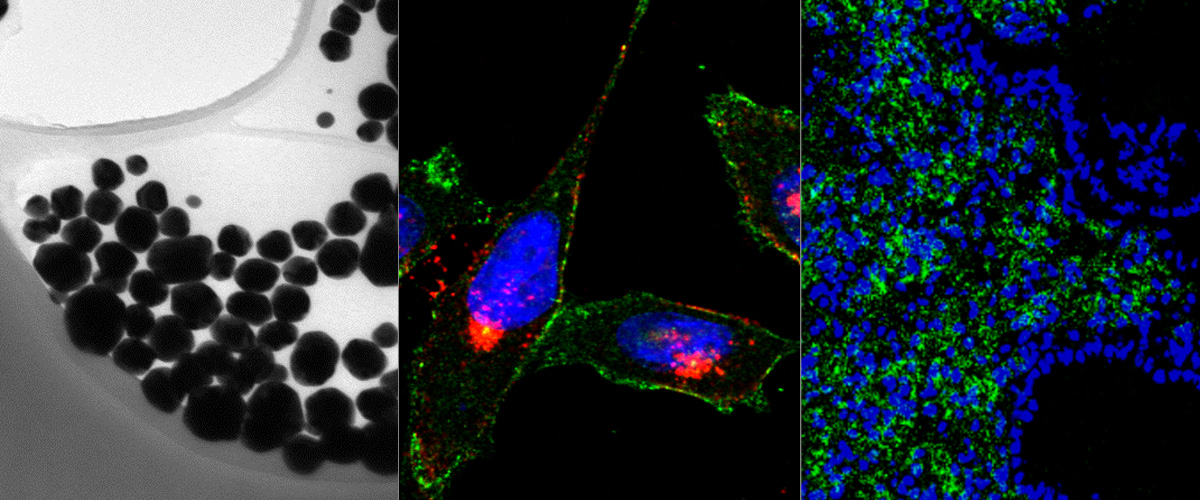https://pubmed.ncbi.nlm.nih.gov/32497513
Abstract
Systemic skin-selective therapeutics would be a major advancement in the treatment of diseases affecting the entire skin, such as recessive dystrophic epidermolysis bullosa (RDEB), which is caused by mutations in the COL7A1 gene and manifests in transforming growth factor-β (TGF-β)-driven fibrosis and malignant transformation. Homing peptides containing a C-terminal R/KXXR/K motif (C-end rule [CendR] sequence) activate an extravasation and tissue penetration pathway for tumor-specific drug delivery. We have previously described a homing peptide CRKDKC (CRK) that contains a cryptic CendR motif and homes to angiogenic blood vessels in wounds and tumors, but it cannot penetrate cells or tissues. In this study, we demonstrate that removal of the cysteine from CRK to expose the CendR sequence confers the peptide novel ability to home to normal skin. Fusion of the truncated CRK (tCRK) peptide to the C terminus of an extracellular matrix protein decorin (DCN), a natural TGF-β inhibitor, resulted in a skin-homing therapeutic molecule (DCN-tCRK). Systemic DCN-tCRK administration in RDEB mice led to inhibition of TGF-β signaling in the skin and significant improvement in the survival of RDEB mice. These results suggest that DCN-tCRK has the potential to be utilized as a novel therapeutic compound for the treatment of dermatological diseases such as RDEB.




